-
Definition
-
Research Objective
-
Limitations
-
RESEARCH METHODOLOGY
-
Overview
-
Primary Research
-
Secondary Research
-
Market Size Estimation
-
MARKET DYNAMICS
-
Overview
-
Drivers
-
Restraints
-
Opportunities
-
MARKET FACTOR ANALYSIS
-
Porter’s Five Forces Analysis
-
Power of Suppliers
-
Threat of New Entrants
-
Intensity of Rivalry
-
-
Bargaining
-
Bargaining Power of Buyers
-
Threat of Substitutes
-
Value Chain Analysis
-
GLOBAL URETERAL STENTS MARKET, BY TYPE
-
Overview
-
Double Pigtail Ureteral Stent
-
Market
-
Estimates & Forecast, by Region, 2020-2027
-
Market Estimates &
-
Forecast, by Country, 2020-2027
-
Others
-
Market
-
Estimates & Forecast, by Region, 2020-2027
-
Market Estimates &
-
Forecast, by Country, 2020-2027
-
GLOBAL
-
URETERAL STENTS MARKET, BY MATERIAL
-
Overview
-
Metallic Stents
-
Market Estimates & Forecast, by Region, 2020-2027
-
Market
-
Estimates & Forecast, by Country, 2020-2027
-
Polymers
-
Stents
-
Market Estimates & Forecast, by Region, 2020-2027
-
Market
-
Estimates & Forecast, by Country, 2020-2027
-
Others
-
Market
-
Estimates & Forecast, by Region, 2020-2027
-
Market Estimates &
-
Forecast, by Country, 2020-2027
-
GLOBAL
-
URETERAL STENTS MARKET, BY TREATMENT
-
Overview
-
Kidney Stones
-
Market Estimates & Forecast, by Region, 2020-2027
-
Market
-
Estimates & Forecast, by Country, 2020-2027
-
Kidney
-
Transplant
-
Market Estimates & Forecast, by Region, 2020-2027
-
Market
-
Estimates & Forecast, by Country, 2020-2027
-
Others
-
Market Estimates & Forecast, by Region, 2020-2027
-
Market
-
Estimates & Forecast, by Country, 2020-2027
-
GLOBAL
-
URETERAL STENTS MARKET, BY END USER
-
Overview
-
Hospitals
-
Market Estimates & Forecast, by Region, 2020-2027
-
Market
-
Estimates & Forecast, by Country, 2020-2027
-
Nephrology
-
Centers
-
Market Estimates & Forecast, by Region, 2020-2027
-
Market
-
Estimates & Forecast, by Country, 2020-2027
-
Ambulatory
-
Surgical Centers
-
Market Estimates & Forecast, by Region, 2020-2027
-
Market
-
Estimates & Forecast, by Country, 2020-2027
-
GLOBAL
-
URETERAL STENTS MARKET, BY REGION
-
Overview
- North America
-
Americas
-
US
-
Latin America
-
Europe
- Eastern Europe
- Japan
- India
- South Korea
-
Western Europe
-
France
-
Spain
-
Rest of Western Europe
-
Asia-Pacific
-
China
-
Australia
-
Rest of Asia-Pacific
-
Middle East & Africa
- Africa
-
Middle East
-
COMPANY
-
LANDSCAPE
-
Overview
-
Competitive Analysis
-
Market Share Analysis
-
Major Growth Strategy in the Global Ureteral Stents Market
-
Competitive Benchmarking
-
Leading Players
- Product
- Mergers and Acquisitions
-
in Terms of the Number of Developments in the Global Ureteral Stents Market
-
Key Developments and Growth Strategies
-
Launch/Service Deployment
-
Joint Ventures
-
Major Players Financial Matrix
- Sales & Operating Income
- Major Players R&D Expenditure 2020
-
& Market Ratio
-
Major Players Capital Market Ratio
-
COMPANY
-
PROFILES
-
Boston Scientific
- Product
- Financial Overview
- SWOT
- Key Strategies
- Company Overview
- Financial
- Key Developments
- Key Strategies
- Company Overview
- Financial
- Key Developments
- Key Strategies
- Company Overview
- Financial
- Key Developments
- Key Strategies
- Company Overview
- Financial
- Key Developments
- Key Strategies
- Company Overview
- Financial
- Key Developments
- Key Strategies
- Company Overview
- Financial
- Key Developments
- Key Strategies
- Company Overview
- Financial
- Key Developments
- Key Strategies
- Company Overview
- Financial
- Key Developments
- Key Strategies
- Company Overview
- Financial
- Key Developments
- Key
-
Company Overview
-
Overview
-
Key Developments
-
Analysis
-
Cook Medical
-
Product Overview
-
Overview
-
SWOT Analysis
-
C.R. Bard
-
Product Overview
-
Overview
-
SWOT Analysis
-
B. BRAUN
-
Product Overview
-
Overview
-
SWOT Analysis
-
Olympus
-
Product Overview
-
Overview
-
SWOT Analysis
-
Coloplast
-
Product Overview
-
Overview
-
SWOT Analysis
-
Allium Medical
-
Product Overview
-
Overview
-
SWOT Analysis
-
Teleflex Incorporated
-
Product Overview
-
Overview
-
SWOT Analysis
-
Biomerics
-
Product Overview
-
Overview
-
SWOT Analysis
-
Medline industries, Inc.
-
Product Overview
-
Overview
-
SWOT Analysis
-
Strategies
-
Merit Medical Systems, Inc.
- Product Overview
- Financial Overview
- SWOT
- Key Strategies
- Company Overview
- Financial
- Key Developments
- Key
-
Company Overview
-
Key Developments
-
Analysis
-
BrightWater Medical
-
Product Overview
-
Overview
-
SWOT Analysis
-
Strategies
-
Others
-
APPENDIX
-
References
-
Related Reports
-
-
LIST OF TABLES
-
TABLE
-
GLOBAL URETERAL STENTS MARKET SYNOPSIS, 2020-2027
-
TABLE
-
GLOBAL URETERAL STENTS MARKET ESTIMATES & FORECAST, 2020-2027
-
(USD MILLION)
-
GLOBAL URETERAL
-
STENTS MARKET, BY TYPE, 2020-2027 (USD MILLION)
-
GLOBAL
-
URETERAL STENTS MARKET, BY MATERIAL, 2020-2027 (USD MILLION)
-
TABLE 5
-
GLOBAL URETERAL STENTS MARKET, BY TREATMENT, 2020-2027 (USD MILLION)
-
TABLE
-
GLOBAL URETERAL STENTS MARKET, BY END USER, 2020-2027 (USD MILLION)
-
TABLE
-
GLOBAL URETERAL STENTS MARKET, BY REGION, 2020-2027 (USD MILLION)
-
TABLE
-
NORTH AMERICA: URETERAL STENTS MARKET, BY TYPE, 2020-2027 (USD
-
MILLION)
-
NORTH AMERICA: URETERAL
-
STENTS MARKET, BY MATERIAL, 2020-2027 (USD MILLION)
-
TABLE
-
NORTH AMERICA: URETERAL STENTS MARKET, BY TREATMENT, 2020-2027
-
(USD MILLION)
-
TABLE
-
NORTH AMERICA: URETERAL STENTS MARKET, BY END USER, 2020-2027
-
(USD MILLION)
-
US: URETERAL STENTS
-
MARKET, BY TYPE, 2020-2027 (USD MILLION)
-
US:
-
URETERAL STENTS MARKET, BY MATERIAL, 2020-2027 (USD MILLION)
-
TABLE
-
US: URETERAL STENTS MARKET, BY TREATMENT, 2020-2027
-
(USD MILLION)
-
TABLE
-
US: URETERAL STENTS MARKET, BY END USER, 2020-2027 (USD MILLION)
-
CANADA:
-
URETERAL STENTS MARKET, BY TYPE, 2020-2027 (USD MILLION)
-
TABLE
-
CANADA: URETERAL STENTS MARKET, BY MATERIAL, 2020-2027
-
(USD MILLION)
-
CANADA: URETERAL
-
STENTS MARKET, BY TREATMENT, 2020-2027 (USD MILLION)
-
CANADA: URETERAL
-
STENTS MARKET, BY END USER, 2020-2027 (USD MILLION)
-
LATIN AMERICA: URETERAL STENTS
-
MARKET, BY TYPE, 2020-2027 (USD MILLION)
-
TABLE
-
LATIN AMERICA: URETERAL STENTS MARKET, BY MATERIAL,
-
LATIN
-
AMERICA: URETERAL STENTS MARKET, BY TREATMENT, 2020-2027 (USD MILLION)
-
TABLE 23
-
LATIN AMERICA: URETERAL STENTS MARKET, BY END USER, 2020-2027 (USD MILLION)
-
TABLE
-
EUROPE: URETERAL STENTS MARKET, BY TYPE, 2020-2027 (USD MILLION)
-
EUROPE: URETERAL
-
STENTS MARKET, BY MATERIAL, 2020-2027 (USD MILLION)
-
TABLE 26
-
EUROPE: URETERAL STENTS MARKET, BY TREATMENT, 2020-2027 (USD MILLION)
-
EUROPE:
-
URETERAL STENTS MARKET, BY END USER, 2020-2027 (USD MILLION)
-
TABLE
-
WESTERN EUROPE: URETERAL STENTS MARKET, BY TYPE, 2020-2027
-
(USD MILLION)
-
TABLE
-
WESTERN EUROPE: URETERAL STENTS MARKET, BY MATERIAL, 2020-2027
-
(USD MILLION)
-
WESTERN EUROPE: URETERAL
-
STENTS MARKET, BY TREATMENT, 2020-2027 (USD MILLION)
-
TABLE
-
WESTERN EUROPE: URETERAL STENTS MARKET, BY END USER, 2020-2027
-
(USD MILLION)
-
TABLE
-
EASTERN EUROPE: URETERAL STENTS MARKET, BY TYPE, 2020-2027
-
(USD MILLION)
-
EASTERN EUROPE:
-
URETERAL STENTS MARKET, BY MATERIAL, 2020-2027 (USD MILLION)
-
TABLE
-
EASTERN EUROPE: URETERAL STENTS MARKET, BY TREATMENT, 2020-2027
-
(USD MILLION)
-
EASTERN EUROPE: URETERAL STENTS
-
MARKET, BY END USER, 2020-2027 (USD MILLION)
-
ASIA-PACIFIC: URETERAL STENTS
-
MARKET, BY TYPE, 2020-2027 (USD MILLION)
-
TABLE 37
-
ASIA-PACIFIC: URETERAL STENTS MARKET, BY MATERIAL, 2020-2027 (USD MILLION)
-
TABLE
-
ASIA-PACIFIC: URETERAL STENTS MARKET, BY TREATMENT, 2020-2027
-
(USD MILLION)
-
ASIA-PACIFIC: URETERAL
-
STENTS MARKET, BY END USER, 2020-2027 (USD MILLION)
-
MIDDLE EAST & AFRICA:
-
URETERAL STENTS MARKET, BY TYPE, 2020-2027 (USD MILLION)
-
MIDDLE EAST & AFRICA: URETERAL
-
STENTS MARKET, BY MATERIAL, 2020-2027 (USD
-
MILLION)
-
MIDDLE EAST & AFRICA: URETERAL
-
STENTS MARKET, BY TREATMENT, 2020-2027 (USD
-
MILLION)
-
MIDDLE EAST & AFRICA: URETERAL
-
STENTS MARKET, BY END USER, 2020-2027 (USD
-
MILLION)
-
-
LIST OF FIGURES
-
FIGURE 1
-
RESEARCH PROCESS
-
MARKET STRUCTURE OF
-
THE GLOBAL URETERAL STENTS MARKET
-
MARKET DYNAMICS
-
OF THE GLOBAL URETERAL STENTS MARKET
-
GLOBAL
-
URETERAL STENTS MARKET SHARE, BY TYPE, 2020 (%)
-
FIGURE 5
-
GLOBAL URETERAL STENTS MARKET SHARE, BY MATERIAL, 2020 (%)
-
FIGURE 6
-
GLOBAL URETERAL STENTS MARKET SHARE, BY TREATMENT, 2020 (%)
-
FIGURE
-
GLOBAL URETERAL STENTS MARKET SHARE, BY END USER, 2020 (%)
-
FIGURE
-
GLOBAL URETERAL STENTS MARKET SHARE, BY REGION, 2020 (%)
-
FIGURE
-
AMERICAS: URETERAL STENTS MARKET SHARE BY REGION, 2020 (%)
-
FIGURE
-
NORTH AMERICA: URETERAL STENTS MARKET SHARE, BY COUNTRY, 2020
-
(%)
-
EUROPE: URETERAL STENTS MARKET SHARE,
-
BY REGION, 2020 (%)
-
WESTERN EUROPE: URETERAL
-
STENTS MARKET SHARE, BY COUNTRY, 2020 (%)
-
ASIA-PACIFIC:
-
URETERAL STENTS MARKET SHARE, BY COUNTRY, 2020 (%)
-
FIGURE 14
-
MIDDLE EAST & AFRICA: URETERAL STENTS MARKET SHARE, BY COUNTRY, 2020 (%)
-
FIGURE
-
GLOBAL URETERAL STENTS MARKET: COMPANY SHARE ANALYSIS, 2020
-
(%)
-
BOSTON SCIENTIFIC: KEY FINANCIALS
-
FIGURE
-
BOSTON SCIENTIFIC: SEGMENTAL REVENUE
-
FIGURE 18
-
BOSTON SCIENTIFIC: REGIONAL REVENUE
-
COOK
-
MEDICAL: KEY FINANCIALS
-
COOK MEDICAL: SEGMENTAL
-
REVENUE
-
COOK MEDICAL: REGIONAL REVENUE
-
FIGURE
-
C.R. BARD: KEY FINANCIALS
-
C.R.
-
BARD: SEGMENTAL REVENUE
-
C.R. BARD: REGIONAL
-
REVENUE
-
B. BRAUN: KEY FINANCIALS
-
FIGURE
-
B. BRAUN: SEGMENTAL REVENUE
-
FIGURE 27
-
B. BRAUN: REGIONAL REVENUE
-
OLYMPUS:
-
KEY FINANCIALS
-
OLYMPUS: SEGMENTAL REVENUE
-
FIGURE
-
OLYMPUS: REGIONAL REVENUE
-
COLOPLAST:
-
KEY FINANCIALS
-
COLOPLAST: SEGMENTAL REVENUE
-
FIGURE
-
COLOPLAST: REGIONAL REVENUE
-
FIGURE 34
-
ALLIUM MEDICAL: KEY FINANCIALS
-
ALLIUM
-
MEDICAL: SEGMENTAL REVENUE
-
ALLIUM MEDICAL:
-
REGIONAL REVENUE
-
TELEFLEX INCORPORATED: KEY
-
FINANCIALS
-
TELEFLEX INCORPORATED: SEGMENTAL
-
REVENUE
-
TELEFLEX INCORPORATED: REGIONAL REVENUE
-
FIGURE
-
BIOMERICS: KEY FINANCIALS
-
BIOMERICS:
-
SEGMENTAL REVENUE
-
BIOMERICS: REGIONAL REVENUE
-
FIGURE
-
MEDLINE INDUSTRIES INC: KEY FINANCIALS
-
FIGURE 44
-
MEDLINE INDUSTRIES INC: SEGMENTAL REVENUE
-
FIGURE 45
-
MEDLINE INDUSTRIES INC.: REGIONAL REVENUE
-
FIGURE 46
-
MERIT MEDICAL SYSTEMS, INC.: KEY FINANCIALS
-
FIGURE 47
-
MERIT MEDICAL SYSTEMS, INC.: SEGMENTAL REVENUE
-
FIGURE 48
-
MERIT MEDICAL SYSTEMS, INC.: REGIONAL REVENUE
-
FIGURE 49
-
BRIGHTWATER MEDICAL: KEY FINANCIALS
-
BRIGHTWATER
-
MEDICAL: SEGMENTAL REVENUE
-
BRIGHTWATER MEDICAL:
-
REGIONAL REVENUE
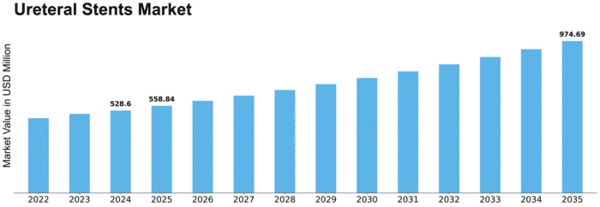

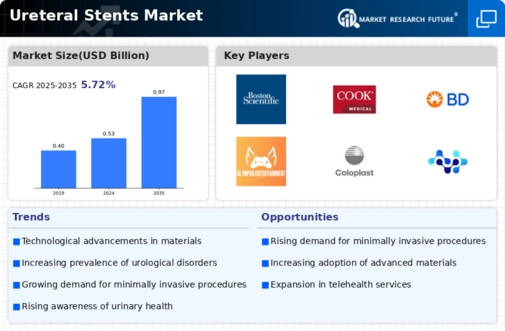


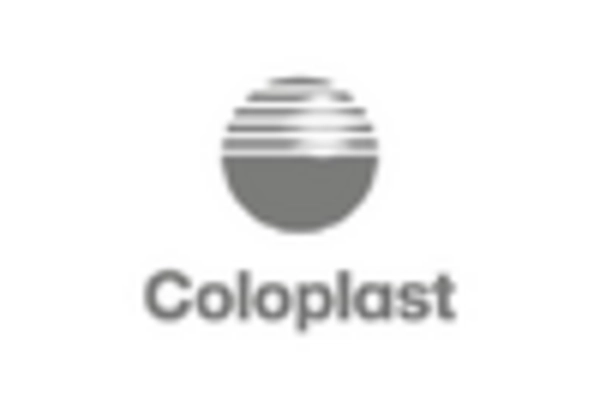
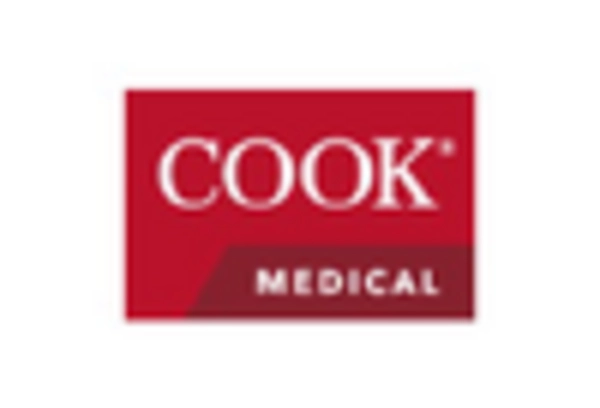

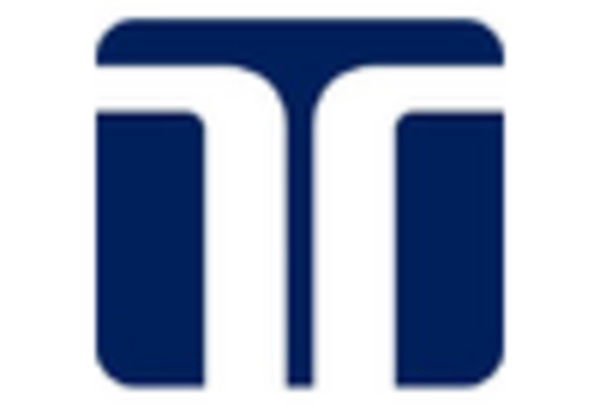









Leave a Comment